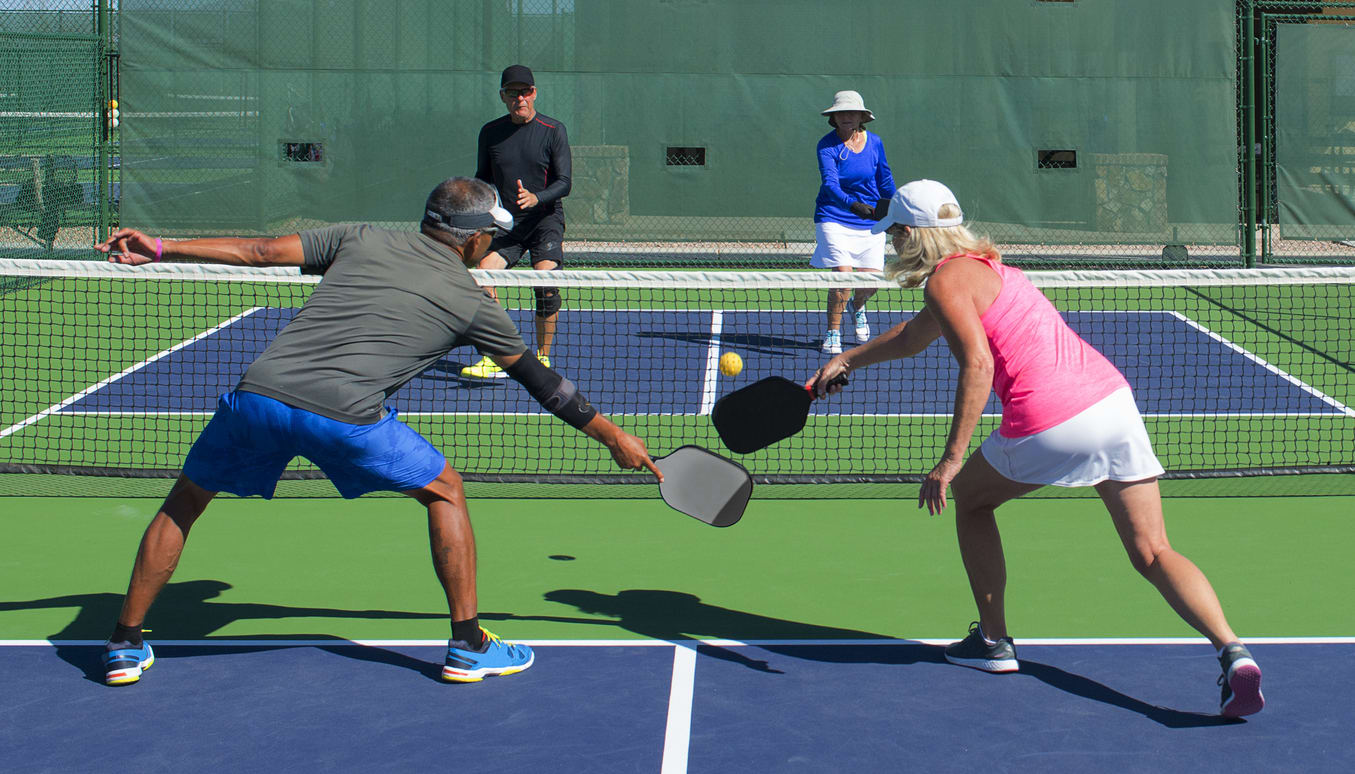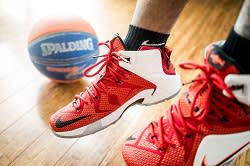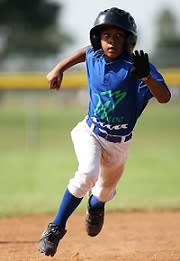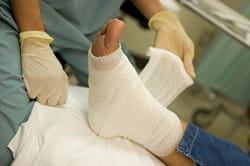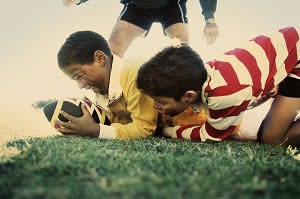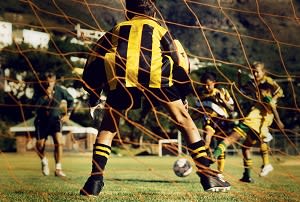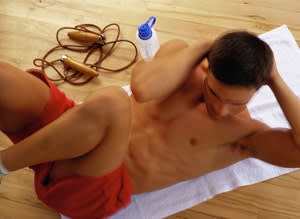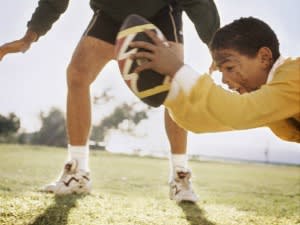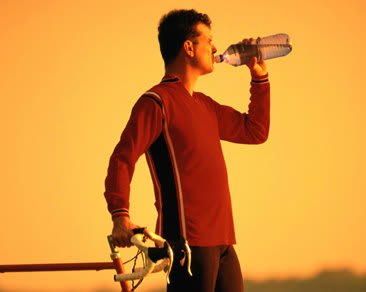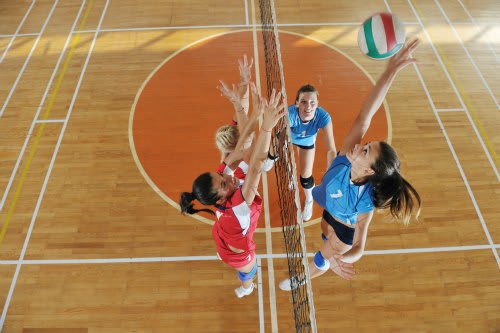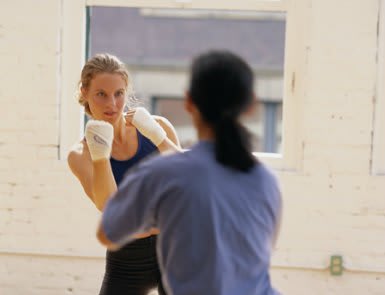How Much Should an Athlete Hydrate?
Published: July 31, 2015l
 Summer's here and it’s hot, hot, hot! And humid, sunny, and maybe even a little windy too!
Summer's here and it’s hot, hot, hot! And humid, sunny, and maybe even a little windy too!With this particular season generally comes an increased desire to move exercise efforts outside; be it training and/or racing. Increased exposure to the aforementioned elements, if not careful, can have a significant impact on sport performance and enjoyment, and health.
Since sweat is the body’s primary means for cooling itself during the stress of exercise, and water and electrolytes, such as sodium, are the primary components of sweat, it can benefit an athlete tremendously to pay attention to personal hydration strategies, especially during these summer months.
A well-intentioned, but misguided, approach to hydration can expose the athlete unnecessarily to dehydration and over hydration, both unsafe conditions to be avoided. Keeping in site a few basic goals, can put you on the right path to proper hydration:
- Before exercise (Pre-hydration) - The goal here is to start exercise with normal fluid and electrolyte levels. An athlete can achieve this helpful status by slowly and gradually replacing the fluids and electrolytes lost during their last exercise session, prior and up to initiating the current exercise session. Hyperhydrating, by waiting to close to exercise to replenish fluids, may put the athlete at risk for over-hydration during exercise.
- During exercise – The goal of drinking here is to prevent excessive dehydration and changes in electrolyte balance while exercising. The amount and rate of fluid replacement can vary greatly depending on the individual sweating rate, exercise duration, and opportunities to drink, and so should be considered very carefully.
- After exercise – The athlete's efforts here should be geared toward the goal of replacing any fluid and electrolyte deficit created during exercise. If time permits, consumption of adequate meals and beverages regularly can help restore normal levels of fluid and electrolytes and ready the athlete for their next session.
Featured Expert/ Author






